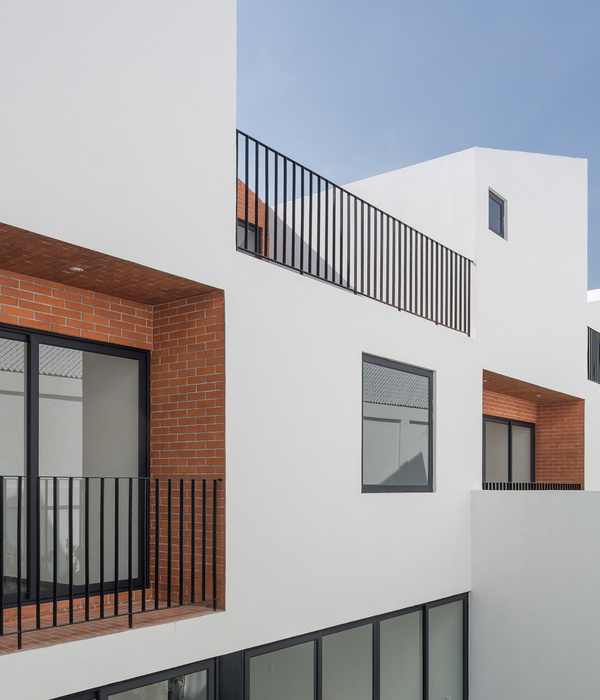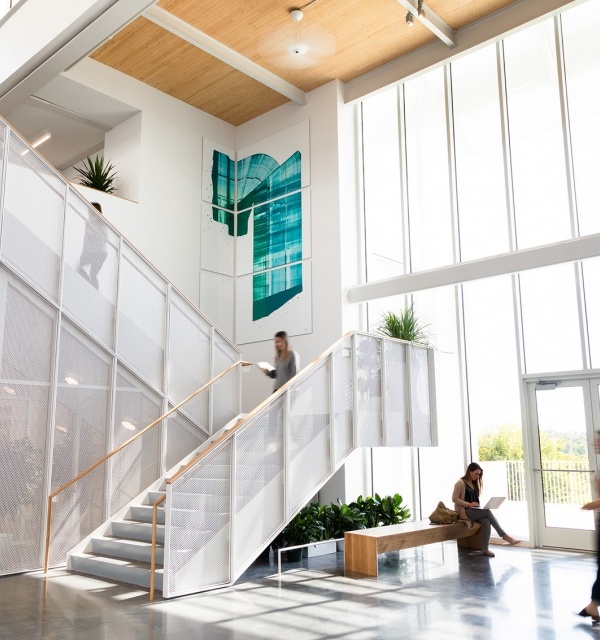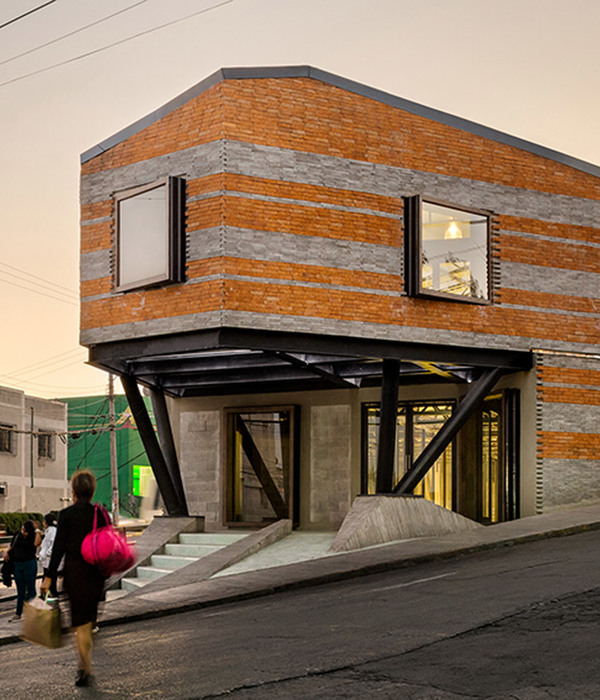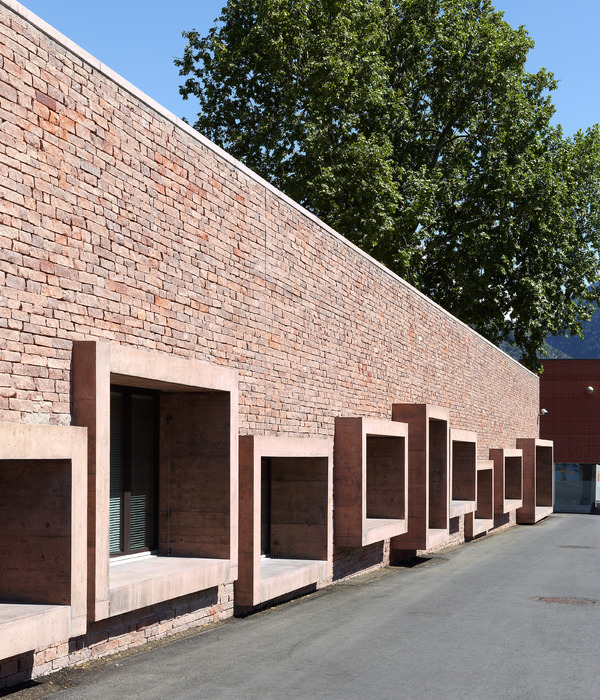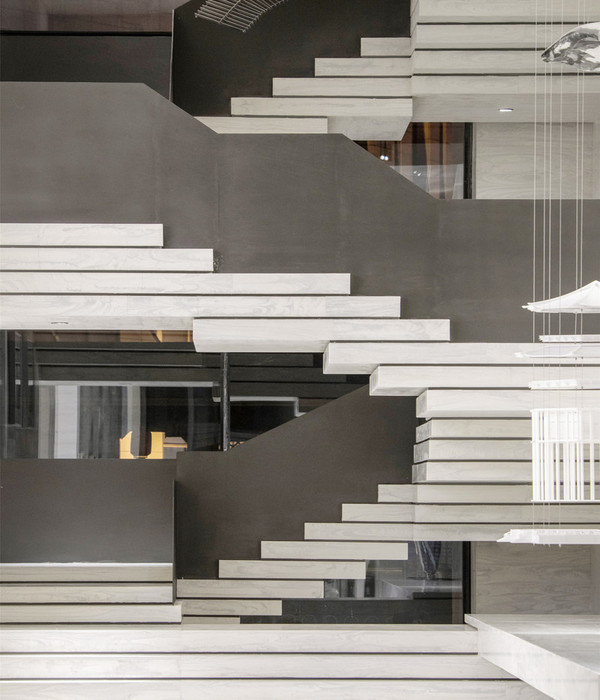The joint venture of RTA Architects and MOA Architecture was tasked with designing Chinook Trail Middle School to support population needs as well as innovative education in Colorado Springs, Colorado.
In November 2016, Academy District 20 taxpayers passed a $230 million bond package to provide much-needed capital improvements to the District’s buildings and to construct several new schools for the growing population in north Colorado Springs. For the Chinook Trail Middle School, the District wanted to design a school like no other in the District, with flexibility and innovation as the primary focus areas.
The District retained a design-build team to bring their goals to life. The architects and general contractor worked with the District to fully define the vision and goals of the project. In this approach, classrooms became flexible learning communities centered upon project-based learning that are also conducive to various learning modalities such as independent study and small and large group collaboration. Ultimately, classrooms can employ different modalities in one flexible learning environment. The design-build team also introduced the concept of the WELL Building Standard to the District. It was embraced whole heartedly as part of a holistic approach to improve occupant health, both physically and mentally. Although not pursuing certification, it is the only public school in Colorado designed to this innovative standard to create a healthy building for students and staff throughout its life cycle.
The floor plan begins with the two-story Welcome Commons. The Curiosity Center, accessed from the Welcome Commons, is a creative hub of activity designed to promote intellectual exploration, content creation, and interactive learning. This colorful, daylit space features flexible furnishings and a variety of seating types for individuals and small or large groups.
Students are organized by grade and middle school team in Learning Communities which are further grouped into Learning Pods. They feature overhead doors that can be opened to utilize the central pod as a shared teaching space between two classrooms. Each pod has the ability to flex over time and can easily adapt to new uses and to support future programs. The flexible furnishings also allow the spaces to be customized as changes in the curriculum occur.
The new Chinook Trail Middle School also features a Learning Stair. This high-volume space gives the flexibility for an instructor to teach an entire grade level at one time or as a lecturing space where multiple grades learn from guest speakers. Robust technology allows for multi-media presentations and internet accessibility to enable greater educational opportunities.
Health and wellness, both mental and physical, are prevalent themes in the new school. The Chinook Trail Middle School features full athletic facilities including a football field, track, softball fields, a gym, and a wellness center where mindfulness is emphasized through such activities as yoga classes. The school provides multiple connections to outdoors as well. The cafetorium and Curiosity Center both open directly to outdoor play, dining, and learning spaces.
High-quality, easy-to-maintain materials and systems that aligned with the WELL Building Standard and provided for a healthy building were a key expectation for the District. The design team specified construction materials, finishes, and lighting that were not only aesthetically pleasing, but were durable; easy to access, maintain, and clean; and provided improved air quality, occupant comfort, and light. Chinook Trail Middle School uses extensive daylighting in each Learning Pod and throughout the heart of the building.
Texture and color highlight the architectural features throughout the building. Dramatic pendant lighting fixtures draw attention to the volume in the two-story Curiosity Center and Welcome Commons. Bold accent colors identify grade level areas, and Colorado-inspired biophilic design can be found throughout, including nature-inspired paint colors, earth-toned stained concrete floors, wood-veneer on the Learning Stair, the three-dimensional tree motif in the Curiosity Center, and aspen-themed wall covering.
Architect: RTA Architects and MOA Architecture General Contractor: Bryan Construction Photography: David Lauer Photography
17 Images | expand images for additional detail
{{item.text_origin}}



